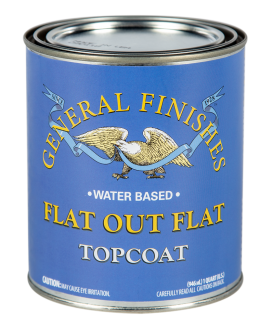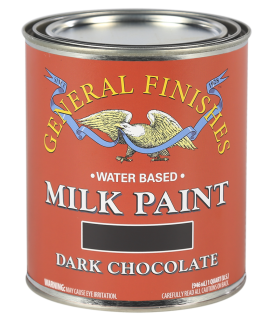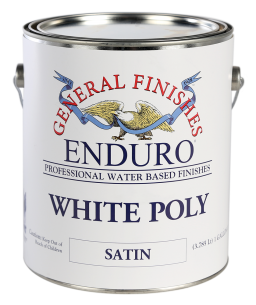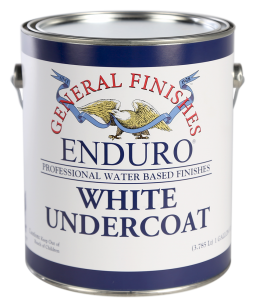All bright white paint will yellow slightly with time, even without topcoat. You have probably tried to touch up white woodwork in your home after several years and noticed that the new paint is brighter. But white and light paints can react if clear coated with a waterbased finish; water-based topcoats are reactive and may draw out substances in the wood such as tannins, dyes or unknown substances in existing finishes causing the topcoat to yellow. This is an industry-wide issue and can happen right away, years later or never.
There is no way to reliably predict yellowing ahead of time. Every existing finish is different and we rarely know the finishing provenance on a previously finished piece. Every tree is different; every piece of wood is unique. Wood can bleed tannins immediately after the topcoat dries or months later with a change in temperature that comes with a change in seasons. Oak, pine, mahogany, and Douglas Fir are particularly prone to bleed-through.
Throughout all of our testing, General Finishes water-based topcoats are clear drying over a non-reactive substrate such as plastic or metal but when applied to something as unpredictable as wood, it is best to play it safe.
To reduce the occurrence of yellowing, we formulated Stain Blocker, a chemical stain and tannin blocking primer, and Brushable White Enamel. But the safest route is no use of topcoat over whites and light paint. As all of our white pigmented paints are self-sealing and do not require a topcoat, we warn users as follows:
CAUTION: Do NOT use any water-based clear coat over bright whites such as GF Snow White Milk Paint, or GF White Poly as it may cause yellowing. Lighter-colored paints may alter slightly with a topcoat application, but the color shift is less noticeable. Any clear coat can become reactive over wood substrates or existing finishes, causing tannin or dye bleed-though regardless of priming. All of GF's white paints do NOT require a topcoat.
TIPS FOR PROTECTING YOURSELF AND PREVENTING YELLOWING
- Don't apply any clear coat when using light or white paints. Topcoat is perfectly fine over darker colors.
- Always prime white paint with a paint system: Gf recommends either 2 coats of Stain Blocker or White Undercoat. Over raw wood: Apply two coats of Stain Blocker or Enduro White Undercoat, then 1-2 coats of Brushable White Enamel, White Poly (spray only), or Milk Paint. Over an existing finish: Apply two coats of Stain Blocker, then 1-2 coats of Brushable White Enamel, White Poly (spray only), or Milk Paint. Always let any primer dry overnight. Many primers suggest a 3-hour dry time and that is not enough.
- We offer three types of self-sealing pigmented paint.
- Milk Paint: A clear topcoat is not required on our Milk Paint for increased durability. It is a self-sealing, exterior rated coating with very high-performance properties. However, higher sheen topcoats provide a smoother surface that is easier to clean for high use projects such as tabletops and kitchen cabinets. Topcoat is fine for darker colors, but not for light or white Milk Paint. In those cases, use Brushable White Enamel (available in Satin or Semigloss) or spray our pigmented White Poly (available in Flat Satin or Semigloss.)
- White Poly: Use a professional sprayable "white coat" such as our Enduro White Poly. It is a white paint with "increased topcoat properties", is a stand-alone finish when 3 coats are applied and does not require sealing with a topcoat.
- Brushable White Enamel was developed as a stand-alone finish for those who want a bright white but do not use spray equipment.
- Use disclaimers in your contracts. Upcharge for the extra coats needed and never guarantee a white finish over a piece when the customer wants a topcoat. Here is a suggestion for your contracts: Terms of Agreement and Warranties: ________ (Initials) I have been informed that more coats are required when painting with bright whites, reds, greens or yellows. I understand that white paint can yellow over time and water-based topcoats can react with the substrate or existing finish under white paints causing yellowing, even if a stain-blocking primer is used. I have been informed that topcoat over white or light paints should NOT be used.
- Always test your project's ENTIRE finishing schedule (from cleaning to topcoat) on an inside door or a more hidden area of the piece. This does not help if the yellowing occurs later but you will at least know if there is an immediate problem.
- If you are working on period pieces such as a 1940's serpentine mahogany desk which were often finished in stain containing aniline dyes that cast a pinkish bleed-through under light paint, stay away from light colors. Not every piece of furniture is suitable for up-cycling with a light paint color. Pine, Mahogany, and furniture of the 1940's and 50's are a red flag.
- Last, not all manufacturer's topcoats are compatible with other finishes and may react with a color change. Always follow best practices by not rushing, and testing to your satisfaction first.
WHAT YOU NEED TO KNOW ABOUT WHITE PAINT:
- Bright white paints can yellow over time with or without topcoat. It is the nature of oxidation.
- The underlying finish or wood species can affect the final color of light paint.
- Details and inside corners are difficult to cover with any paint color, but this property tends to be more noticeable with whites. This is a naturally occurring phenomenon in paint application and does not necessarily constitute a defect in the paint finish or your technique.
- The more porous the paint (chalk paint vs an acrylic paint), the more likely that yellowing will occur. The topcoat is actually seeping through the spaces caused by the larger particles of filler that give chalk style paints their texture.
- Whites have a lower “hide” quality and are more transparent than other colors. Most bright whites require additional coats to achieve the desired color and minimize color variation. This can increase the cost of paint finishing. Always include a clause in your contracts addressing the need for additional coats to achieve coverage.
IF YOU ARE A PAINTING PROFESSIONAL, DO NOT CARRY THE COST OF WHITE PAINT YOURSELF – include the cost of the increased labor for applying white paints with a fair, reasonable upcharge. White paints, even if they did not yellow, require more coats and high-quality primers to achieve coverage. See our video: http://bit.ly/GFVideoHowToAchieveBrightWhiteFinish
If your white cabinets have yellowed, we recommend prep cleaning and scuff sanding, applying a coat of General Finishes Stain Blocker primer, finish sand and recoat with another coat of paint.
Watch "How to Get a Bright White Finish" to learn more

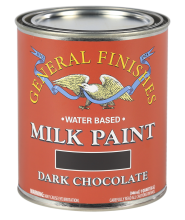 Milk Paint
Milk Paint
 Enduro Ready to Match (RTM) Water Based Stain
Enduro Ready to Match (RTM) Water Based Stain
 Brushable White Enamel
Brushable White Enamel
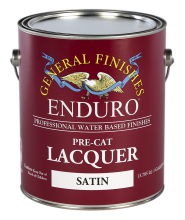 Enduro Pre-Cat Lacquer
Enduro Pre-Cat Lacquer
 Gel Stains
Gel Stains
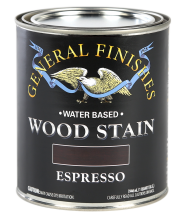 Water Based Wood Stain
Water Based Wood Stain
 Pro Image Flooring Topcoat
Pro Image Flooring Topcoat
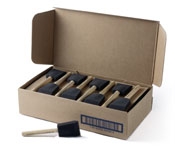 Jen Poly Brushes
Jen Poly Brushes
 Stir Stix
Stir Stix
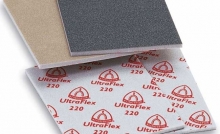 Ultraflex Softback Sanding Sponge
Ultraflex Softback Sanding Sponge
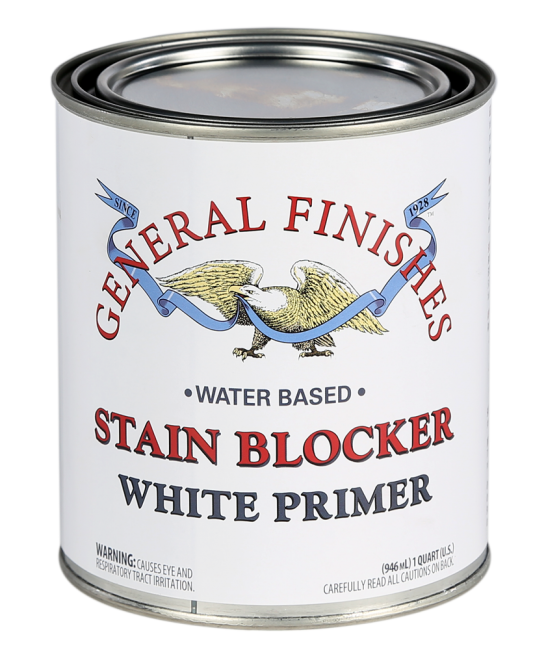
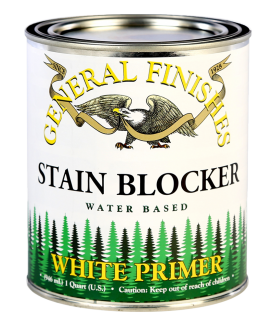
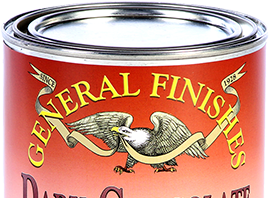
 TDS: Stain Blocker - 2020-09
TDS: Stain Blocker - 2020-09

